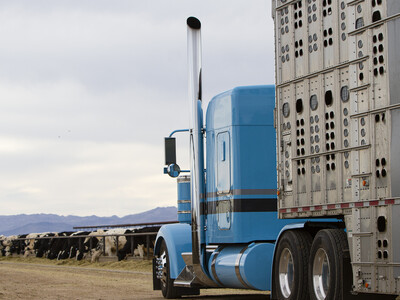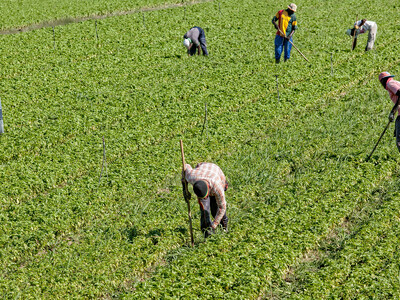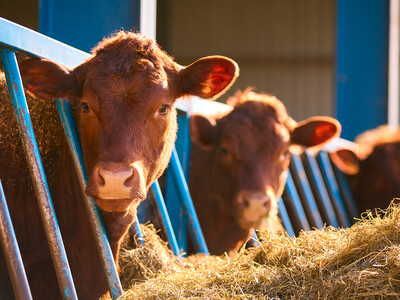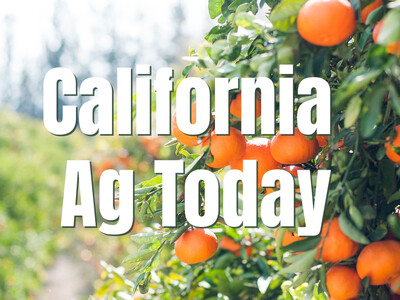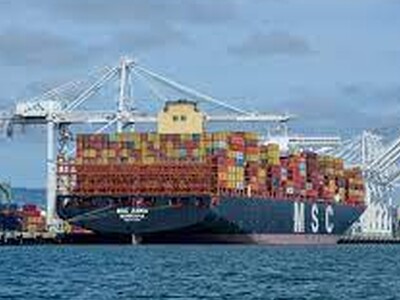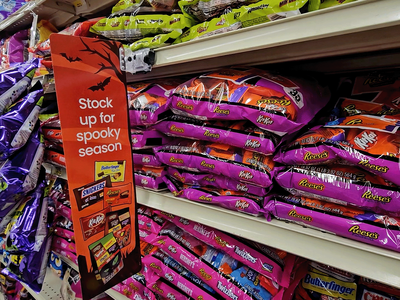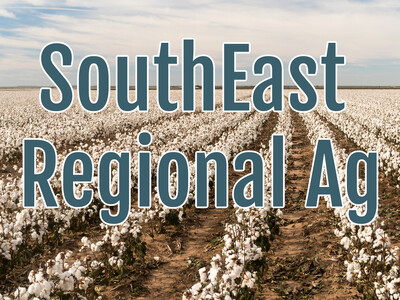Producing Methane
Producing Methane. I’m Greg Martin as Line On Agriculture presents the Harvest Clean Energy Report.
Methane. We all produce a small amount of it as do animals. It’s part of the digestion process and it can sure pack a wallop as an energy source. Bernie Sheff with Anaergia discusses how their company is creating and utilizing methane.
SHEFF: Anaergia is an international operation. We have operations throughout Europe, four offices here in the United States. Offices in Singapore and on the mainland of China now. We’ve done over 1600 digesters worldwide, anaerobic digesters. We build our own equipment for the digesters, pumps, separators, mixers that kind of thing and we provide essentially a complete turnkey package for the conversion of waste into energy.
And according to Sheff they not only provide the hardware, they are currently running digesters.
SHEFF: So we take manures, food processing residuals, any type of organic material put it into a digester which is a sealed vessel, bring it up to nominally 100 degrees fahrenheit and with the correct bacteria which causes biogas to occur and then you generate biogas. You generate methane.
And the methane is then being used in a real world application.
SHEFF: We do have the largest facility in North America right now. we’re fueling 55 milk trucks a day at the Fair Oaks Dairy with methane that comes from the cow manure. The cow manure is digested. We take that methane and we scrub it and then it is put into a pipeline and it goes through a fueling facility and all of the trucks are fueled and running up and down I-65 all running on cow manure.
Sheff will be a part of a panel discussion at the upcoming Harvesting Clean Energy Conference in Corvalis, Oregon January 27, 28 and 29.
SHEFF: For the Harvesting Clean Energy panel I will be speaking at, what I’m going to be speaking about is the total overview of the project at Fair Oaks starting from the digesters taking the group on a tour of the facility and then talking about statistics. What are we doing; how much are we doing; what our quality is. So giving a complete update on that project; how it came together and essentially why it works. Why it makes sense.
For additional information on clean energy or to register for the upcoming conference, visit harvestcleanenergy.org. That’s today’s Line On Agriculture. I’m Greg Martin on the Ag Information Network.???
www.harvestcleanenergy.org




